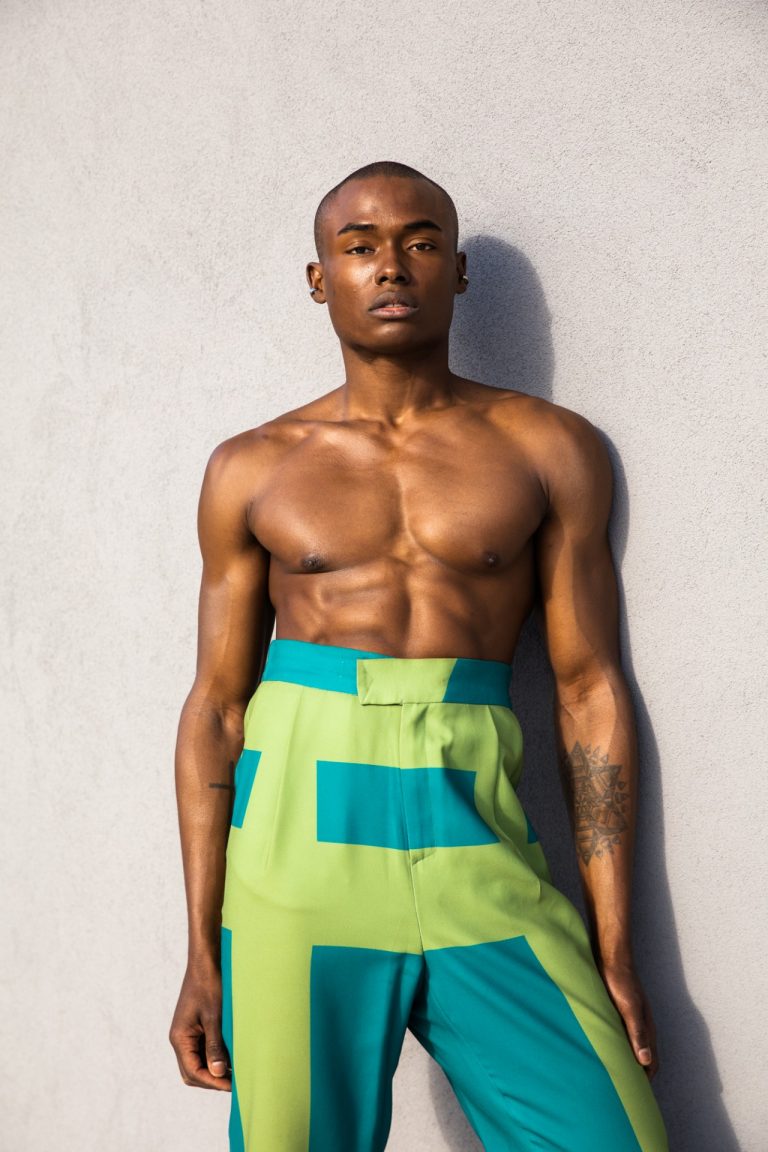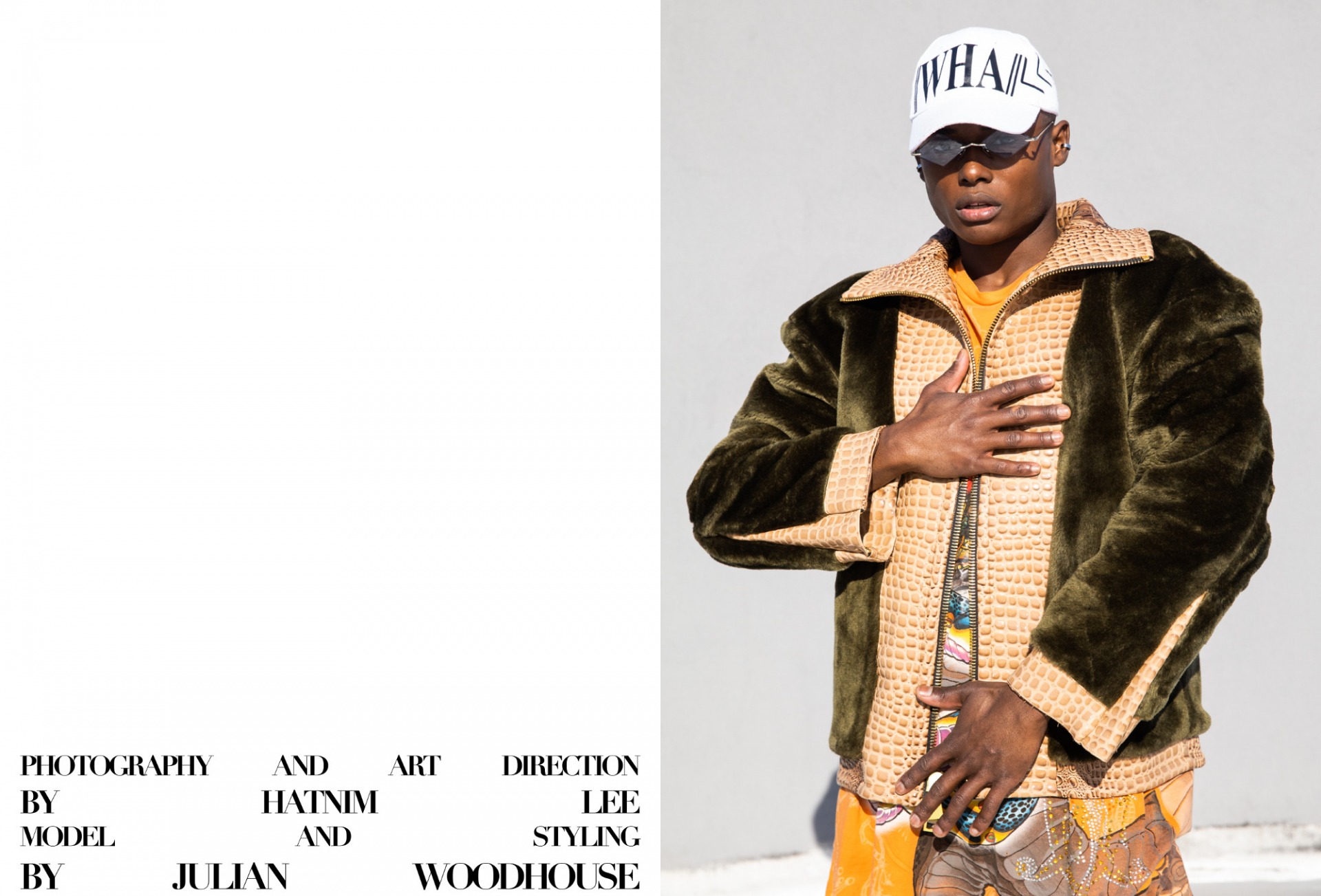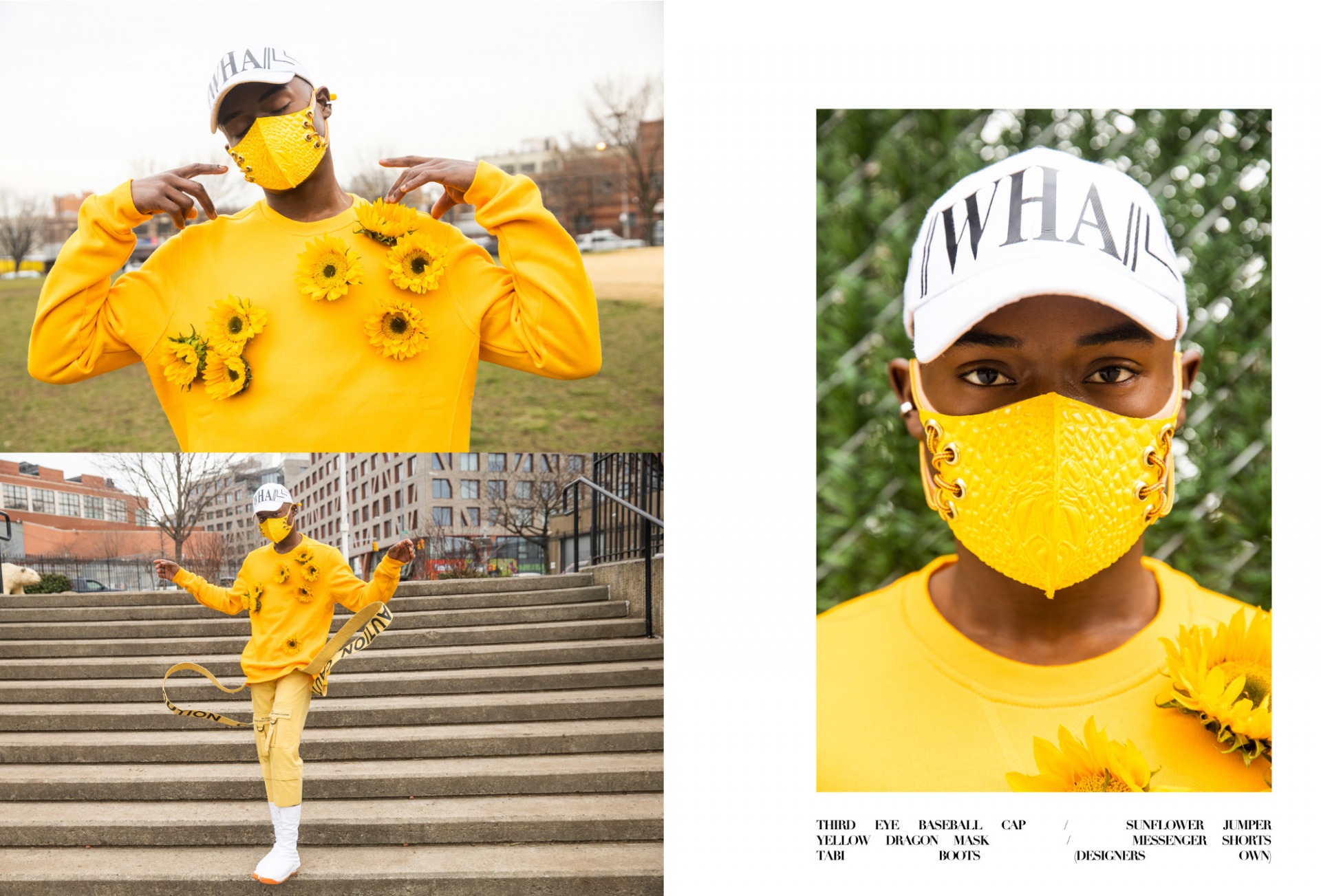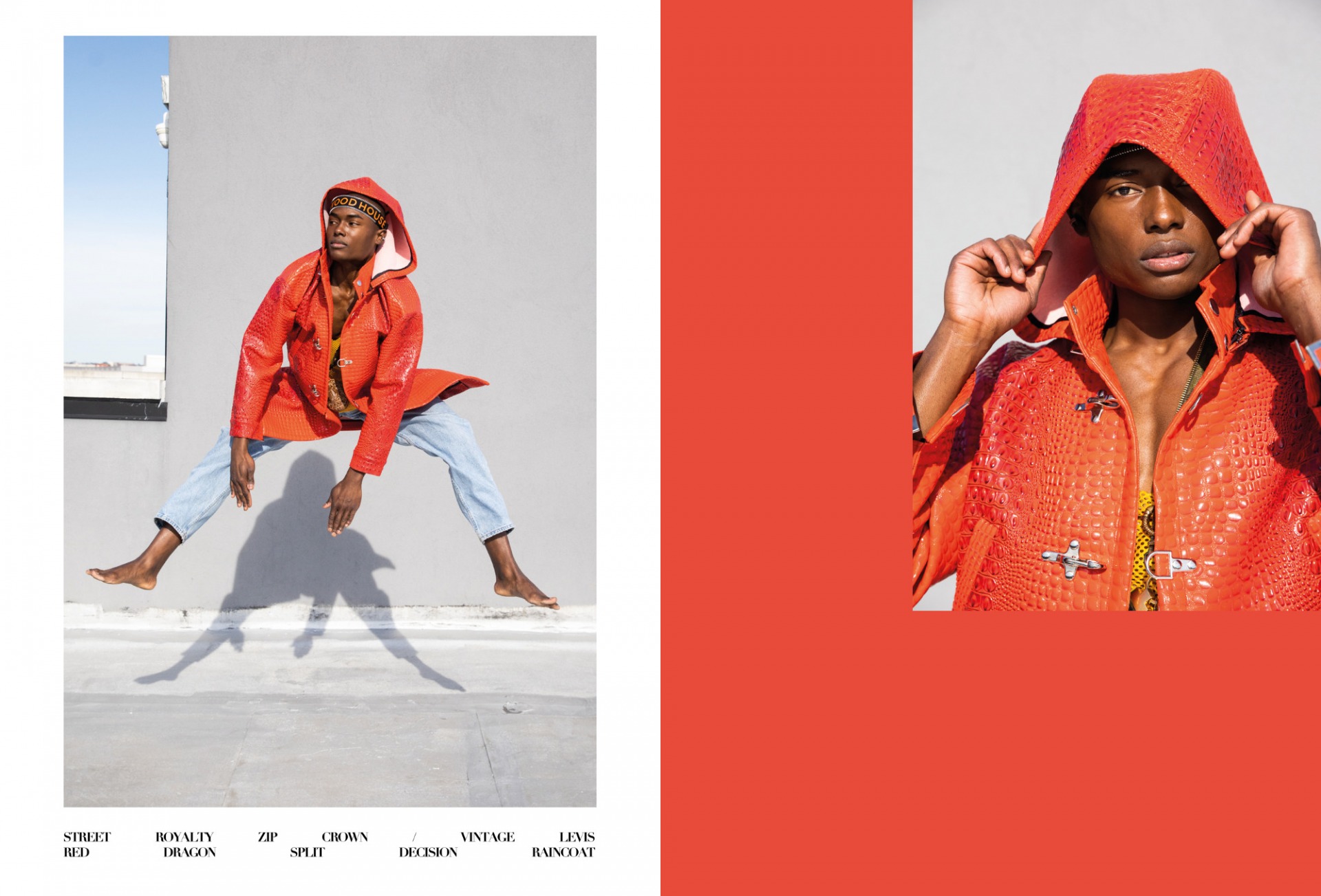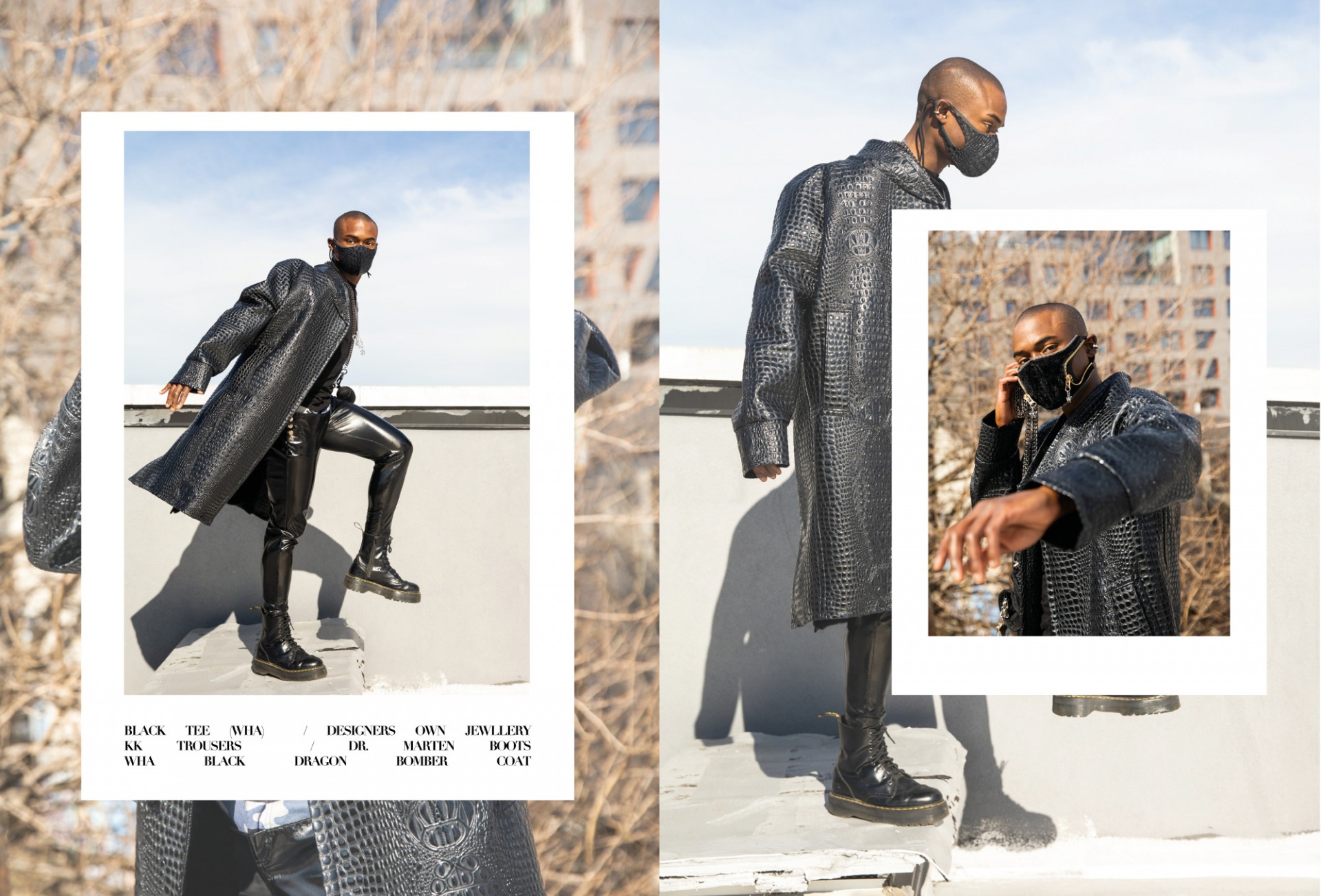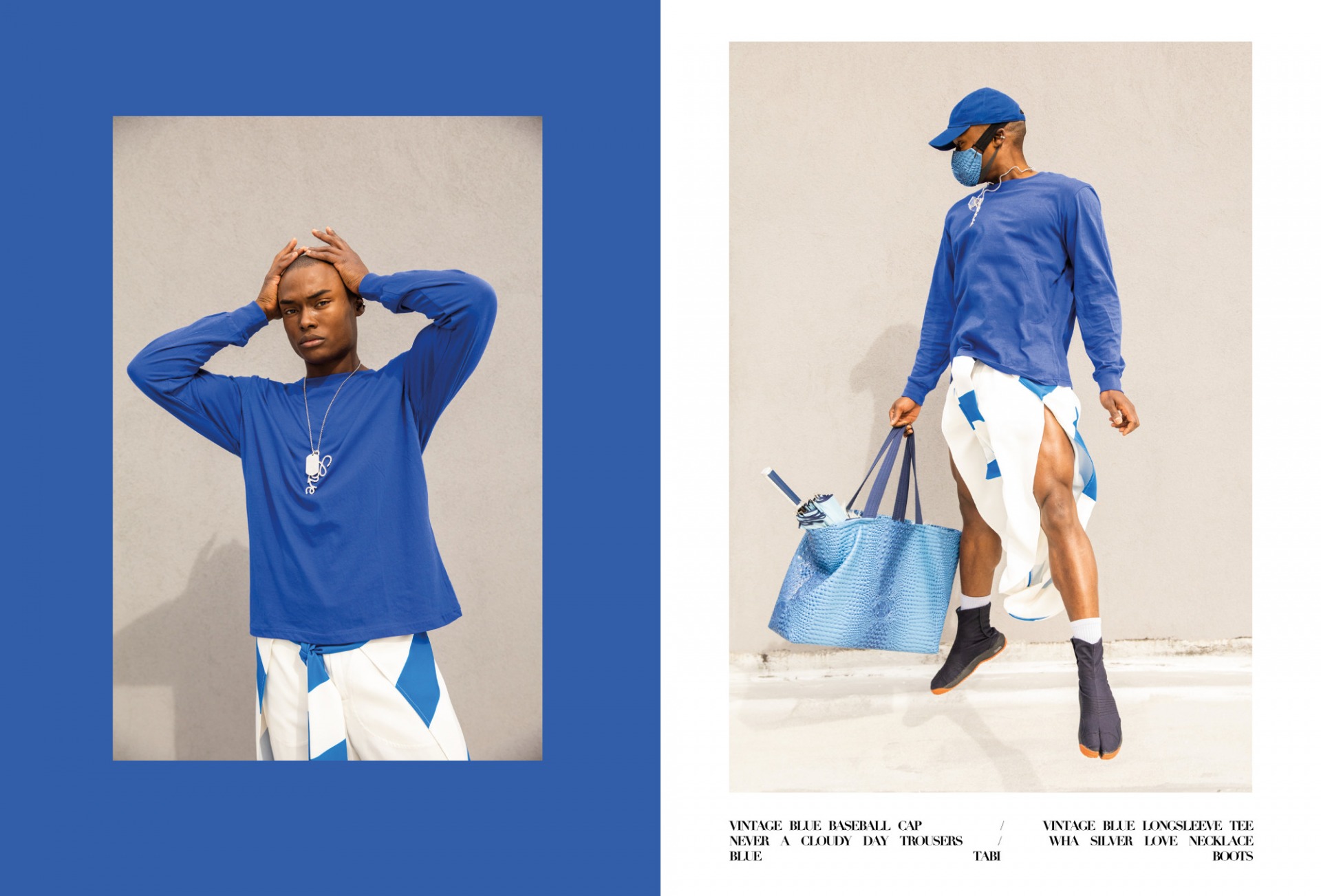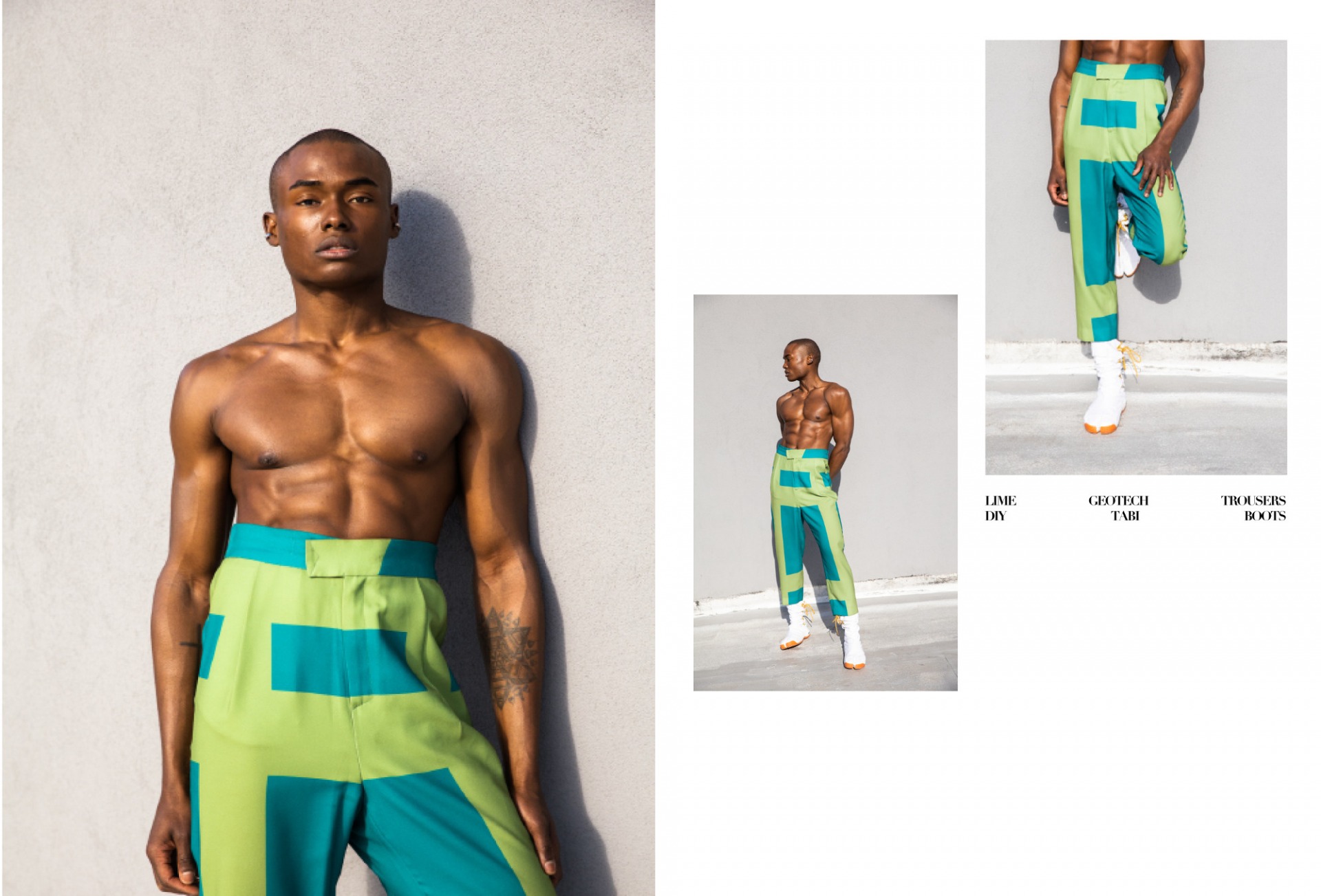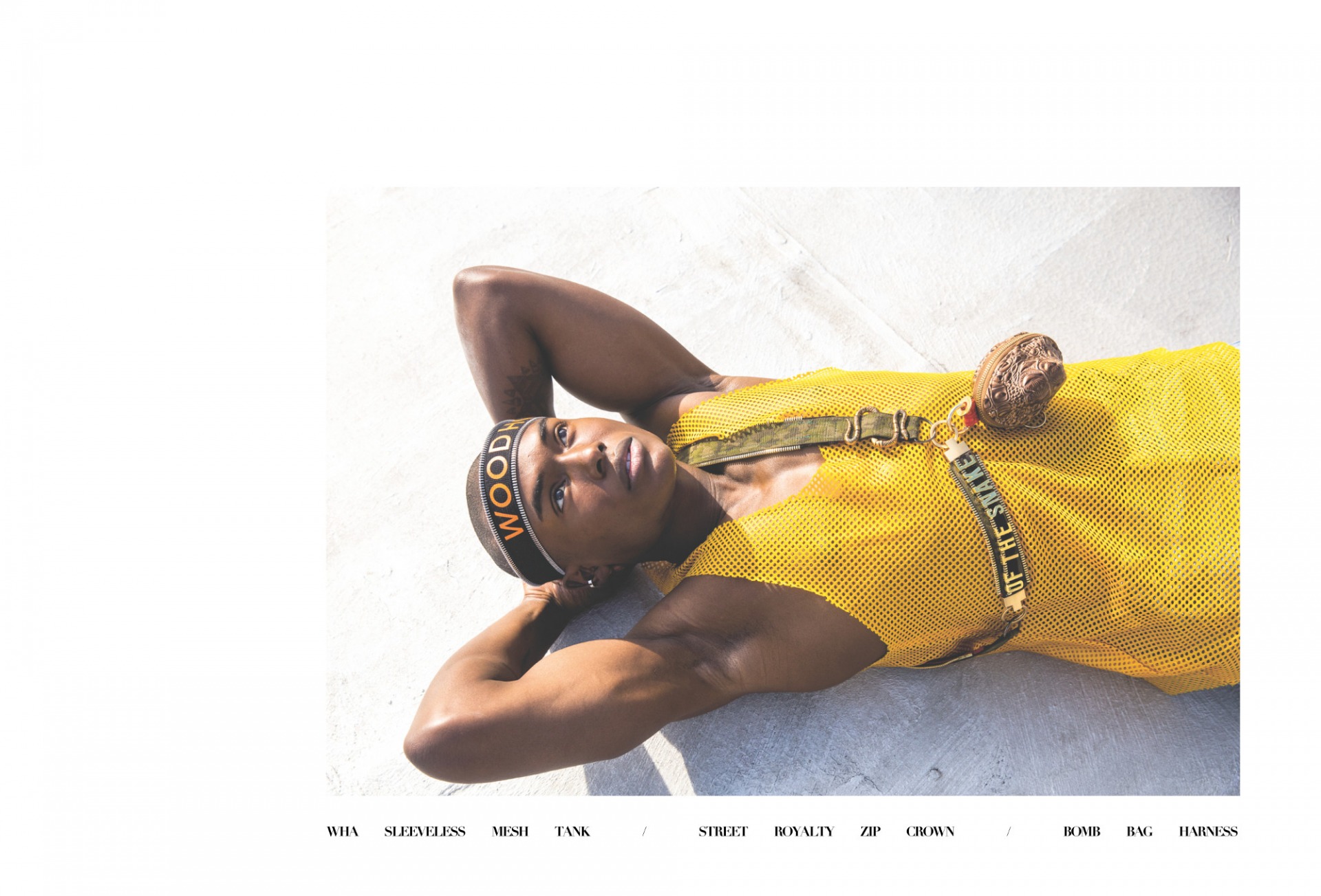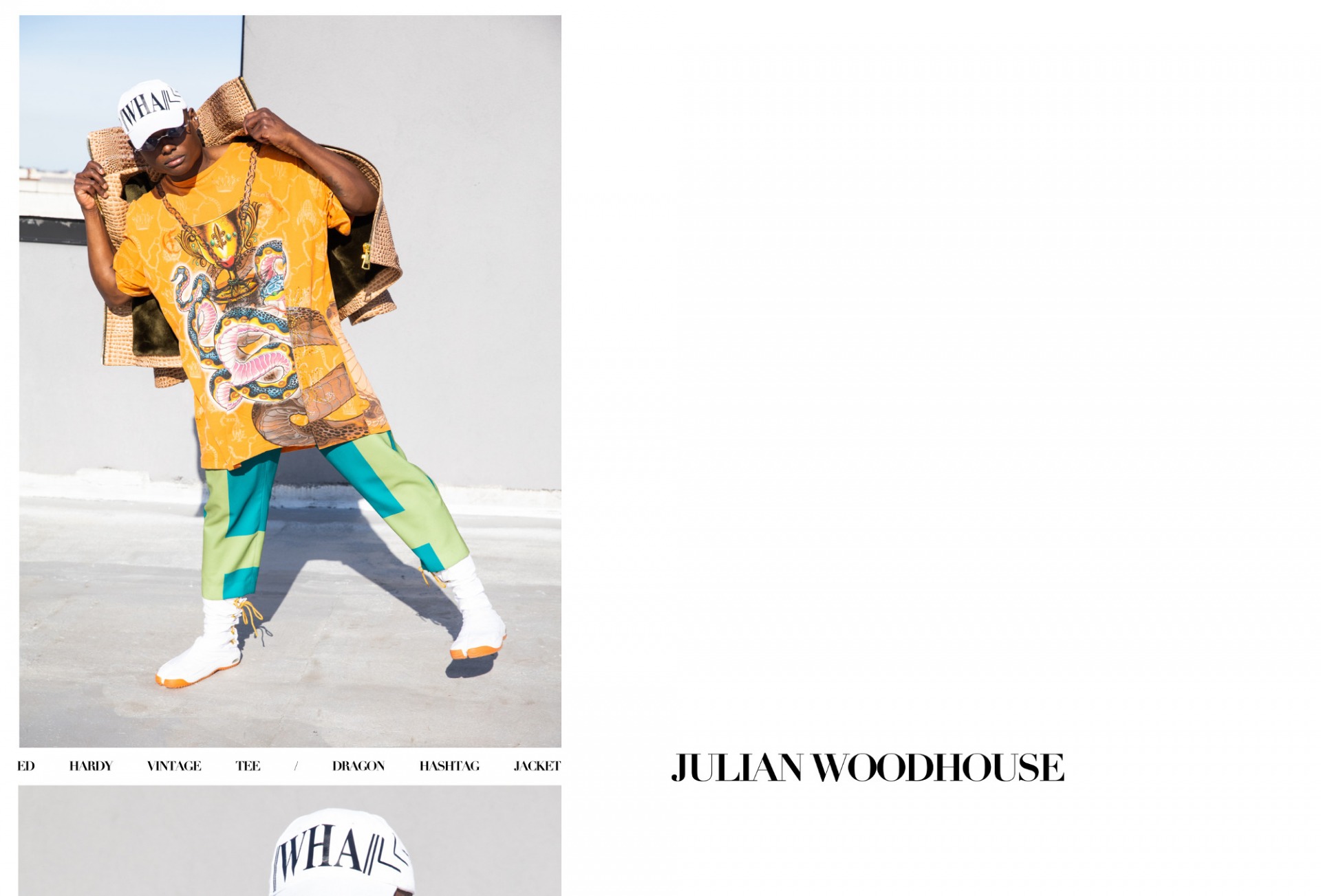We got to catch up with Julian Woodhouse, the creative director of WOOD HOUSE Army. As if that wasn’t impressive enough already, Julian is also a model, veteran, Department of Defense public affairs officer, and was even a cast member of Netflix’s Next in Fashion, Season 1. Julian started WHA with his partner, Krill Kabanchenko, in 2014 in Seoul, Korea where he was stationed in the US Army. He was the first Black American to show at Seoul Fashion Week. WHA is now based in NYC.
So much has happened in the past few months. Let’s start off with covid. NYC recently started phase 2 of reopenings. How has your experience been quarantining?
Quarantining was the best thing to happen to me, my marriage, my brand, and my brain. Personal development has always been important to me but in this state of seclusion I found more time to focus on it. I’m looking forward to discovering what this new reality has in store for us.
How were you able to stay focused and inspired during quarantine?
I incorporate some sort of personal inventory into different parts of my day. For example, I rollerblade pretty much every morning and during the first half of my route I turn off my music and I practice mindfulness and moving mediation. During breakfast and lunch, I make it a point to not touch my phone or my computer so I can really enjoy my meals and give my head some time to reflect. Before dinner my husband and I share what we are grateful for from the day, what we learned about ourselves or our careers, and what we are excited about for the next day.
What do you think will happen to the fashion industry now?
The fashion industry will always exist as long as societal norms require clothing. The hierarchical element of the fashion industry, however, will level due to consumer preferences shifting towards social media influencers and a prioritization of sustainable consumption (need vs wants).
The facial mask, which is a need, serves as a key example of the democratization of fashion as it doesn’t require a lot of equipment or time to produce.
What does this mean for fashion weeks? Do we all go virtual for the next however long?
Fashion shows are a marketing technique of the past. I think fashion shows will be almost exclusively virtual and will shift towards consumption as opposed to presentation and art.
A great example of this is in China. Live Exhibitors model clothing and answer questions of their audience. I think this is a technique that many social media influencers and small businesses can adopt to keep their customers informed on the details of their products.
You lived in Seoul while you were serving in the army and then debuted your first collection in 2014. When did you find your love for fashion and how was that perceived from your peers in the army?
I found my love for fashion when I went to Seoul Fashion Week for the first time as an attendee. I enjoyed seeing the merging of marketing and art. My peers in the Army had a mixed reaction. Some were supportive and even became some of my investors while others were slow accepting me and my craft. The Army is a slowly changing institution, much like our society. The primary difference is acceptance is legalized and a lack thereof can be punished with the Uniform Code of Military Justice.
WHA is a collaboration with your partner Krill. How do you divvy up who does what and what are the challenges of working together?
As creative director and CEO I focus my attention on the vision of the brand and how it can evolve. Kirill is mainly focused on budget and timelines. It can be a struggle at times if our separate visions for a particular project aren’t the same, however due to a similar goal for the brand, we find compromises.
The Black Lives Matter movement started 6 years ago after the death of Trayvon Martin. Since then, there have been numerous deaths and protests but not nearly as large as what is happening now. Why do you think so many people are passionate right now?
The US of America is a country that was founded upon certain values that many people have never experienced because of racism and ignorance. This time around is different because that ignorance is being corrected with widespread reeducation.
Many editors are getting called out for racist remarks and discrimination in the workplace and being forced to quit or pressured to resign. Stephen Gan at Elle, Adam Rapoport at Bon Appetit, Christine Barberich of Refiny29, to name a few. Why do you think it took so long for people to speak up?
I think many people feared being fired or othered by a society of people that didn’t understand the issue at its core. Now that so many people have brought the issue to the forefront of pop culture, many people are feeling supported and more comfortable expressing their experiences. There is an increased focus on expressing truth to heal and to be an example for others who have similar experiences. Collectively we are becoming better as a society.
Moving forward, do you think we will see more diversity and inclusion in the fashion industry?
Diversity and inclusivity will be a requirement.
Is there any advice you would give to emerging fashion designers?
– Focus on your supply chain
– Do not neglect your audience or customers
– Experiment with visual media more
– Identify your audience and master what they are attracted to
– Make a conscious decision to either be a part of the brand image or to allow others to embody it for you
– Stay original but if you are trying to make money, add in commercial products to keep the accounts full
What are the next steps for WOOD HOUSE Army?
Fashion technology is increasingly becoming my sole focus. Stay tuned 😉
Follow Julian Woodhouse on Instagram
Interview and photography: Hatnim Lee
Editorial Design: Annabel Ross
